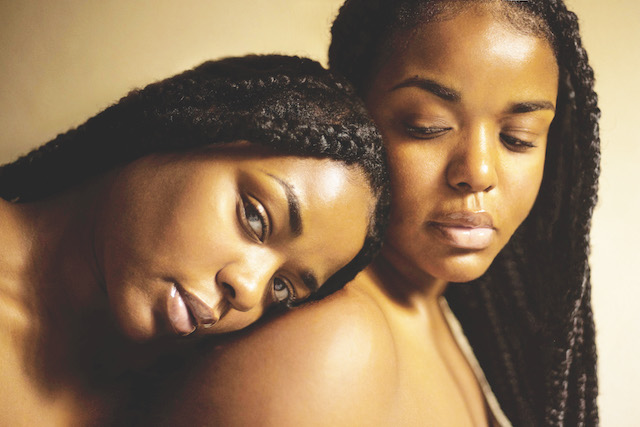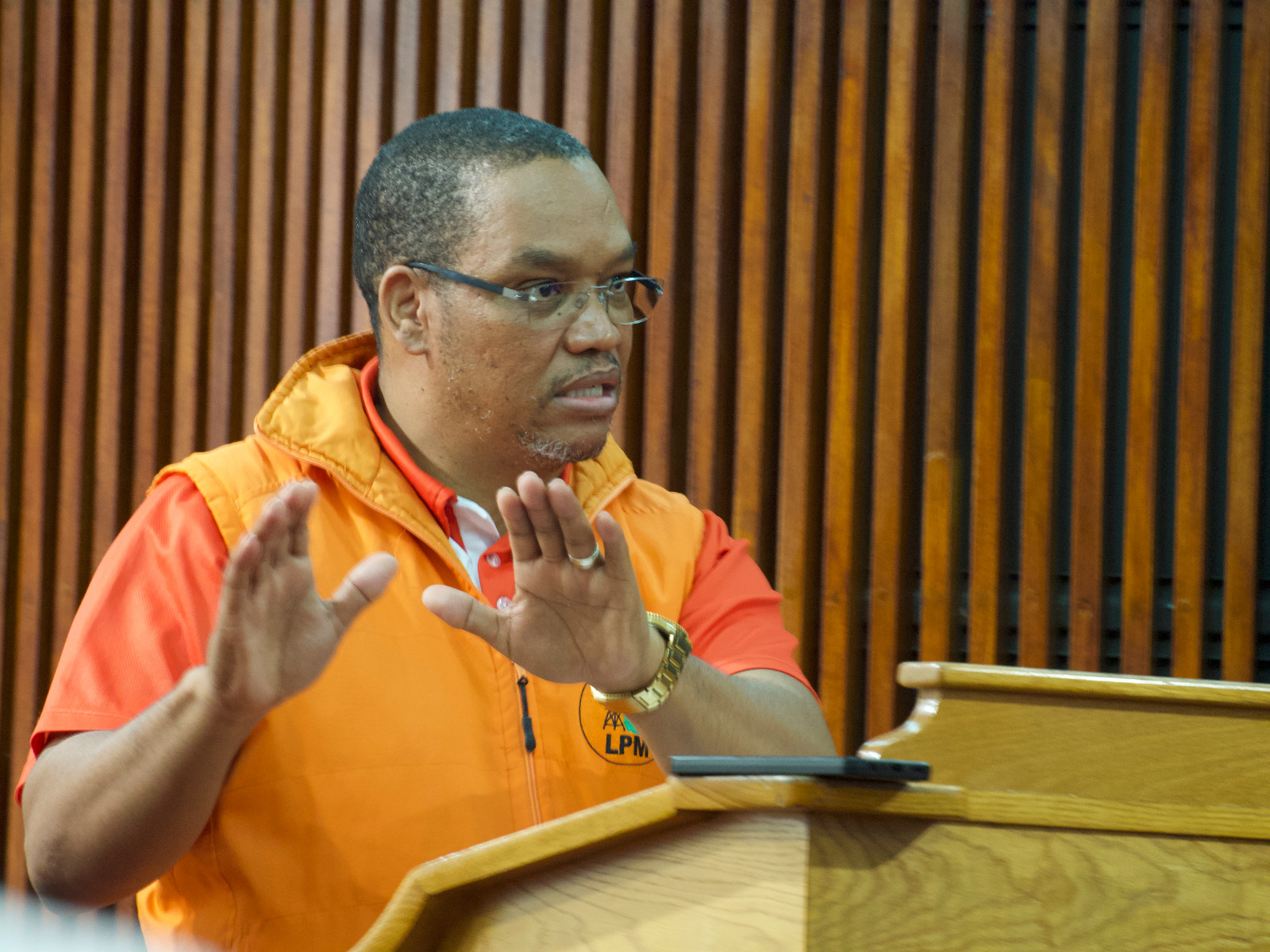NGUMERITIZA KATJIMUNETHE TERM colourism, developed by Alice Walker, is the systematic prejudicial or preferential treatment of same-race people based on their skin tone, often standardising human value, respect and perceptions on lighter tones.
However, colourism is more than just career and beauty politics. It’s a reflection of oppressive power brought about by society itself.
In Namibia and many other African countries, one can argue that this social concept was brought about by colonialism, however, others argue that it was here before that.
In the early 1900s Namibia was colonised by Germany and during this period, many white settlers started to have relations with locals, therefore resulting in interracial children being born. However, it was only during the South African governance when preferential treatment according to skin tone came to play.
Apartheid played a huge role in fuelling colourism in the black community. Those of a fairer skin tone were given privileges that darker-skinned people were not. For example, Coloureds and Basters were able to attend proper schools with qualified teachers, whereas darker-skinned children lacked proper education due to poorly funded schools and unqualified teachers.
This led to many interracial black children using German surnames to get access to proper education. As this continued, many interracial individuals were better educated leading to the misconception that lighter-skinned people are smarter than dark-skinned individuals, leading to light-skinned privileges among the black community.
Post independence lighter-skinned individuals were viewed as superior and more intelligent.
In many black homes, people were encouraged to marry white or light-skinned people so that their children wouldn’t have to suffer or be judged by the colour of their skin like they were. As time went by, the idea that “lighter is better” grew popular in Namibian cultures.
Interracial individuals started to be seen as more beautiful and attractive because they had more European features.
Fast forward to Namibia 2021, skin-lightening products are being sold around every corner. People are contouring their noses to give them a more European look. Artists rap about how they only date “yellow bone” girls, and African textured hair is considered to be damaged hair.
Ellenor, a fashion influencer, says that as a mixed-raced individual, she has experienced colourism from both sides, especially when it comes to her hair texture.
“I feel like darker-skinned people don’t fully accept me in the black community because of how light-skinned I am.”
She further adds that she feels she doesn’t belong anywhere because she’s constantly being pushed away by both sides.
Mainstream media and the fashion industry do absolutely nothing to change this narrative, instead, they encourage colourism, by teaching young black women and men that the only way to be viewed as beautiful is by being lighter.
Chelsi Shikongo, the newly crowned Miss Namibia 2021, says in her line of work colourism occurs quite often, in the sense that the industry is made to sell certain beauty standards. She says that her job has taught her to accept that “you won’t get the job because you do not have curly long hair or you are not as light-skinned as they want you to be”.
She adds that although the industry is really trying to advocate diversity when it comes to beauty, there is still a lot of colourism and it will take a very long time to eradicate.
Shikongo believes that in order for us to end colourism, we need to “ practice inclusivity within our own spaces and normalise defining our own beauty standards and not waiting for society to tell us what should be accepted or not”.
Stay informed with The Namibian – your source for credible journalism. Get in-depth reporting and opinions for
only N$85 a month. Invest in journalism, invest in democracy –
Subscribe Now!










